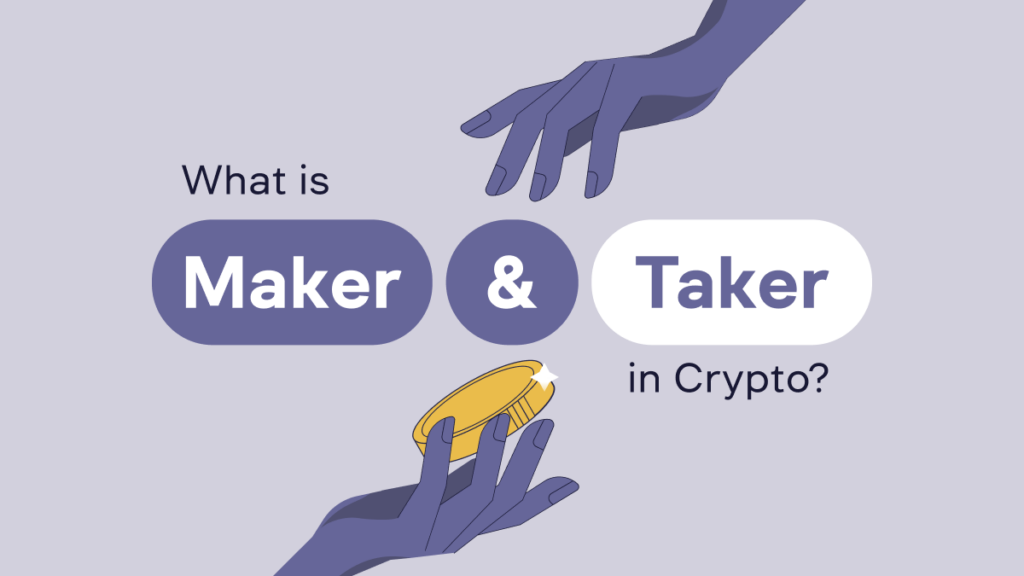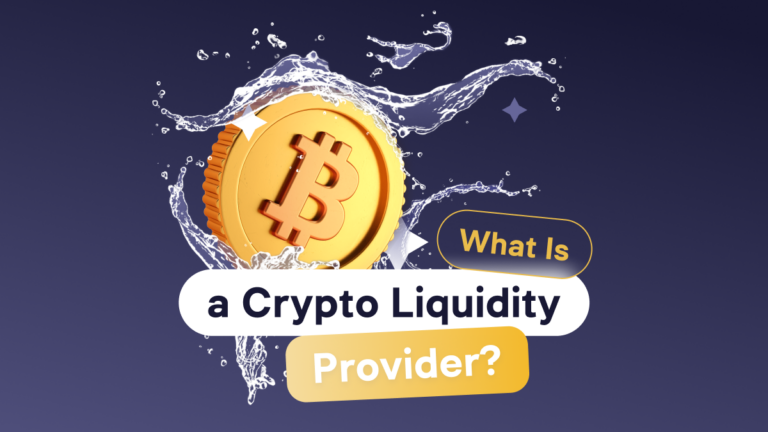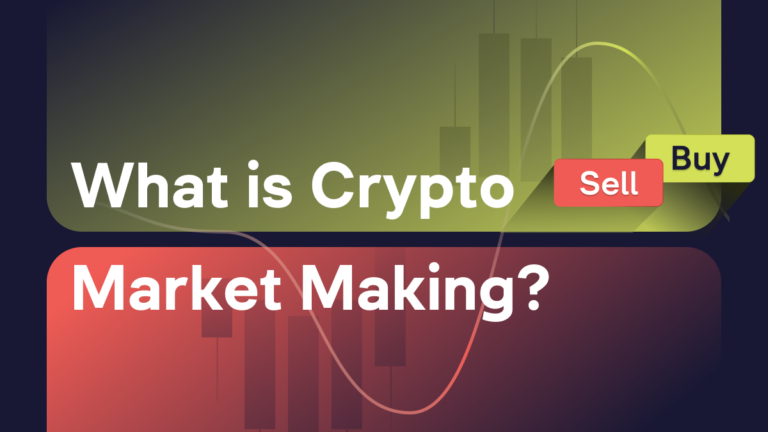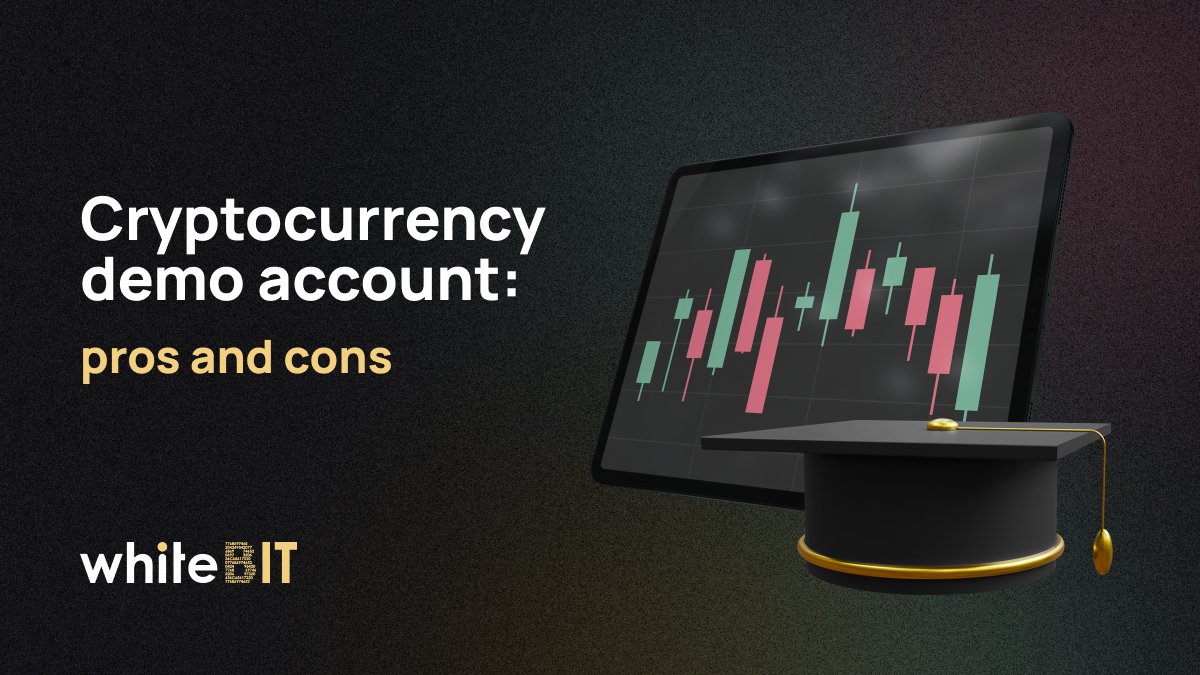What Is Maker and Taker in Crypto?

Content
Understanding the roles of “maker” and “taker” in cryptocurrency is pivotal. The distinction between these roles hinges on the execution of trades on exchanges, and both these players significantly impact market liquidity.
Makers contribute liquidity by placing orders that are not immediately fulfilled, while takers absorb it by instantly executing orders.
Comprehending this interplay is crucial for evaluating how liquidity is upheld in crypto exchanges.
What is Liquidity?
Liquidity is the ease of buying and selling assets on the exchange without causing significant price fluctuations. A liquid asset can be swiftly bought and sold, while an illiquid one, correspondingly, cannot. Typically, liquidity can be gauged by the trading volume of an asset.
Simply put, liquidity is the interplay between the quantity and volume of trading orders in the order book plus the overall trading volume. If there are numerous orders with substantial volume, and trading activities are happening actively, the asset is deemed liquid. Conversely, when there’s a lack of interest in buying or selling a specific cryptocurrency, the asset is considered illiquid.
On the one hand, ample liquidity empowers traders to swiftly transact assets, fostering market stability and preventing abrupt price movements. On the other hand, low liquidity leads to significant price fluctuations, as a small number of trading operations can profoundly impact prices.
Makers and Takers on the Exchange
What is a Market Maker?
What does a market maker do?A definition of a market maker in cryptocurrency refers to all market participants fostering liquidity through Limit orders. These orders do not execute instantly; instead, they linger in the order book until matched by another order, effectively “making” the market.
Market makers refer to institutional traders operating with substantial capital, generating numerous Limit buy and sell orders for a trading pair. Profiting from the price spread between buying and selling assets, market makers bestow liquidity upon exchanges, aiding retail traders in swift trade executions.
What Is a Market Taker?
On the flip side, takers are traders siphoning liquidity from the market by placing orders that execute immediately, such as Market orders. The exchange fulfills their orders at market prices from the order book, effectively “taking” liquidity from the market.
Notably, substantial market orders from takers can exert a significant influence on cryptocurrency prices. Operations involving large amounts of cryptocurrency through Market orders absorb liquidity, and if it’s insufficient, prices rapidly oscillate based on the direction of the transaction.
What Are Market Maker and Market Taker Trades?
Maker transactions involve placing Limit order types, which don’t execute immediately but are added to the order book. This sustains market activity and facilitates transactions without significant price fluctuations.
Conversely, taker transactions extract deals from the order book by executing at market prices. Takers employ various Market order types. They play a crucial role in maintaining market dynamics since, by accepting prices set by makers, takers contribute to overall trade volume and market movement.
Crypto Maker and Taker Fees
Cryptocurrency exchanges typically have the same model of crypto maker taker fees. They incentivize users to boost market liquidity by offering lower fees for makers. On the flip side, taker fees are usually higher due to their immediate impact on the order book, taking the liquidity.
Difference between Maker and Taker
| Maker | Taker | |
| Order Type | Limit orders (orders set to execute at a specific price) | Market orders (orders executed at the current market price) |
| Market Impact | Add liquidity by placing orders that are not filled immediately | Remove liquidity by fulfilling orders immediately |
| Execution | Not immediate; waits for a matching order | Immediate; matches with existing orders |
| Fees | Generally lower, as they provide liquidity | Generally higher, as they take away liquidity |
| Preferred Market Condition | Suitable for less urgent orders, aiming for a specific price | Suitable for urgent orders requiring immediate execution |
| Strategy | Frequently used by those seeking to trade at specific price levels. | Ideal for traders seeking instant entry or exit from positions. |
| Influence on Price | Placing substantial Limit orders stabilizes price movement. | Posting large Market orders contributes to price movement. |
What Types of Orders Are There on Crypto Exchanges, and What Fee Do You Need to Pay for Them?
Limit Orders (Makers)
Limit orders set the maximum or minimum price at which you are willing to buy or sell, contributing to the market’s liquidity pool. These orders incur maker fees, which are typically lower. This is where the difference between maker and taker fees occurs.
Market Orders (Takers)
Market orders execute immediately at the current market price, removing liquidity. These are subject to taker fees, which are usually higher than maker fees.
On WhiteBIT, the maker fees vs taker fees stand at a uniform 0.1%. However, enhancing liquidity with Limit orders becomes more advantageous with WBT in your Holding. With 200 WBT in your Holding, you secure a 100% discount on maker fees and other sweet benefits.
WhiteBIT also features a VIP program, extending optimal maker taker fees to market makers and institutional traders.
Why Do Cryptocurrency Exchanges Use a Maker/Taker Model?
This model serves as a tool for exchanges to balance liquidity, encouraging market makers to contribute liquidity and rendering Limit orders more favorable for trading. Despite the marginal difference, it ensures takers can also engage in trading under favorable conditions. This dual approach plays a pivotal role in shaping stable asset prices and sustaining market dynamics.
The Advantages of the Taker/Maker Reward Model
The maker or taker reward model plays a crucial role in encouraging active participation in the market. Offering lower fees to makers incentivizes traders to place Limit orders, which adds depth to the order book and reduces price volatility.
Although takers pay higher fees, the model facilitates immediate trade execution, which is essential in fast-paced market conditions.
This complementary system ensures a balanced trading environment where both types of traders can operate effectively, contributing to the overall health and vibrancy of the cryptocurrency market.
Why Create a Market Order and Not a Limit Order?
Market taker vs market maker is a constant dilemma for investors. For example, market orders are often chosen by traders who need to enter or exit the market quickly and are willing to accept the best available current price. This approach is particularly advantageous in volatile market situations, where promptly securing a position can be more important than getting a specific price.
In contrast, Limit orders are suited for scenarios where traders have a target price in mind and are willing to wait for the market to reach that level, trading off immediacy for price control. This method is often employed in less urgent situations or when a trader anticipates a future price movement to reach their desired entry or exit point.
Who are Designated Market Makers?
Designated market makers (DMMs) in the cryptocurrency world are vital entities responsible for ensuring liquidity and stable trading within digital asset markets. Similar to their role in traditional finance, they provide continuous bid and ask prices for specific cryptocurrencies, contributing to fair and orderly trading even during periods of high volatility or low activity.
DMMs help to mitigate large price swings by actively buying and selling from their inventory. This role becomes particularly important during significant events like major announcements or regulatory changes, which can heavily influence cryptocurrency prices.
How Do Market Makers Trade?
Market makers engage in trading using specialized software. Through this software, they place trading orders to buy and sell assets at different price levels, aiming to add liquidity to the trading pair.
The trading strategies of market makers vary, but predominantly, they operate within the spread — the difference between the buying and selling prices of a particular asset.
Their activities wield a substantial impact on cryptocurrency markets, where liquidity significantly influences price stability and the ability to execute transactions efficiently.
Are Market Makers Capable of Manipulating the Market?
Market makers can exert influence on market conditions, especially concerning less liquid assets or those with low trading volumes, impacting supply and demand through their operations. However, the most well-established cryptocurrency exchanges employ strict monitoring and compliance measures to detect and prevent any form of market manipulation.
These measures are designed to maintain a level playing field for all participants and uphold the integrity of the market, thereby fostering trust and reliability in the trading ecosystem.
Additionally, the decentralized and global nature of cryptocurrency markets further reduces the potential impact any single market maker could have on overall market trends.
How Do Automatic Market Makers Work?
Automatic Market Makers (AMM) are part of decentralized finance, using algorithms to set prices and provide liquidity in a decentralized manner. AMMs utilize smart contracts to create liquidity pools in decentralized finance (DeFi) platforms. These pools are funded by users who deposit their assets, and in return, they receive liquidity provider tokens.
AMMs use a mathematical formula, often a variant of the constant product formula, to determine the price of assets in these pools. This formula automatically adjusts prices based on the changing supply and demand within the pool, facilitating trades directly between users’ wallets without the need for the traditional makers vs takers model.
Maker vs Taker Crypto
In the dynamic realm of the cryptocurrency market, market makers play a pivotal role in shaping the landscape, adding liquidity with Limit orders. These orders stay in the order book until another trader opts to initiate a corresponding transaction at an equivalent price. On the flip side, takers harness market liquidity by swiftly executing their deals using Market orders at the prevailing market price.
When delving into the realm of taker fee vs maker fee, exchanges typically offer more favorable conditions to market makers. At WhiteBIT, this distinction becomes noticeable primarily for WBT owners, VIP users, and institutional traders, for whom assuming the role of market makers proves significantly advantageous.
Conclusion
Understanding the roles of makers and takers in cryptocurrency trading is crucial for effective market participation. On one hand, it assists traders in gaining a comprehensive insight into how the cryptocurrency market functions. On the other, investors can refine their operational plans and construct trading strategies more adeptly by discerning the distinction between Maker and Taker transactions.
FAQ
To become a market maker on WhiteBIT, all you have to do is complete the following 3 steps:
Fill out the form to take the first step to trade on more favorable terms now.
Makers use Limit orders to add liquidity to the market. Meanwhile, takers leverage Market orders, promptly executing existing orders and thereby siphoning liquidity from the market. This differentiation in approach lays the groundwork for a nuanced comprehension of market dynamics, empowering market participants to navigate the crypto landscape with strategic acumen.
The definition of price taker involves someone who agrees to the existing market price for their operations. In the crypto market, the difference between price taker and price maker can be considered as being a taker and maker. Where taker is someone who agrees on the prices of makers and uses Market orders to execute their trades, and price makers provide liquidity and post their orders to the order book.
Maker and taker fees are different types of charges that crypto exchanges use for trades.
Makers who put new orders into the market usually pay less because they help make the market more stable by adding more options to buy or sell.
Takers who fill existing orders quickly often pay more because they take away these options, affecting the market's balance.
This system of maker and taker fees crypto helps keep the market running smoothly by rewarding those who add more choices for trading.











